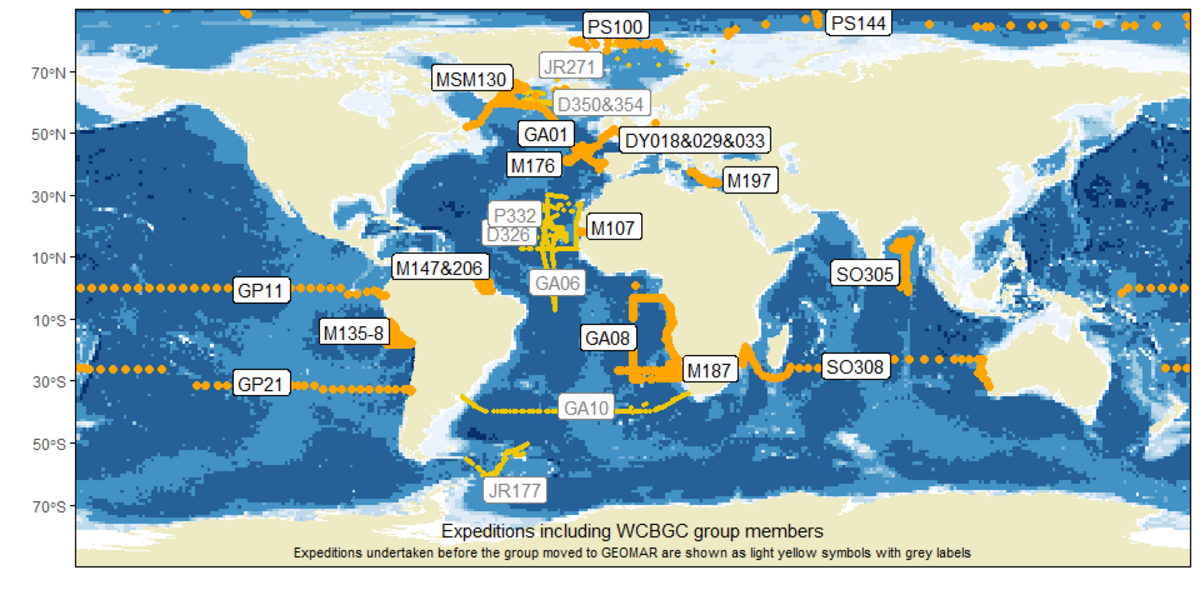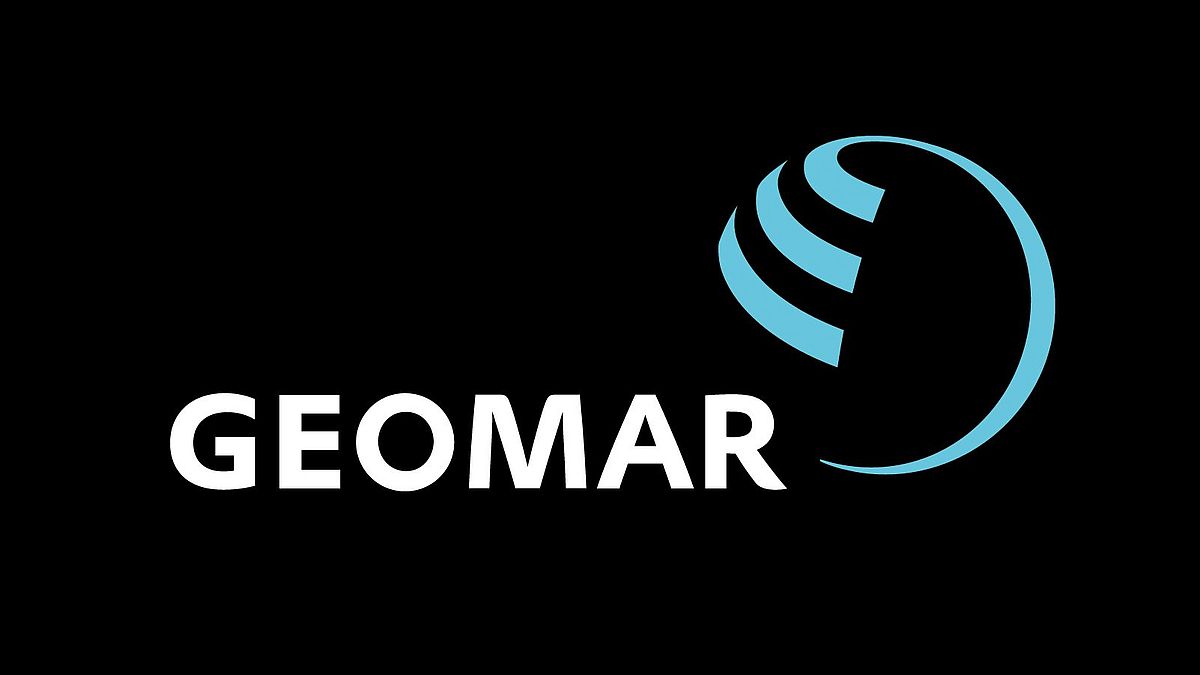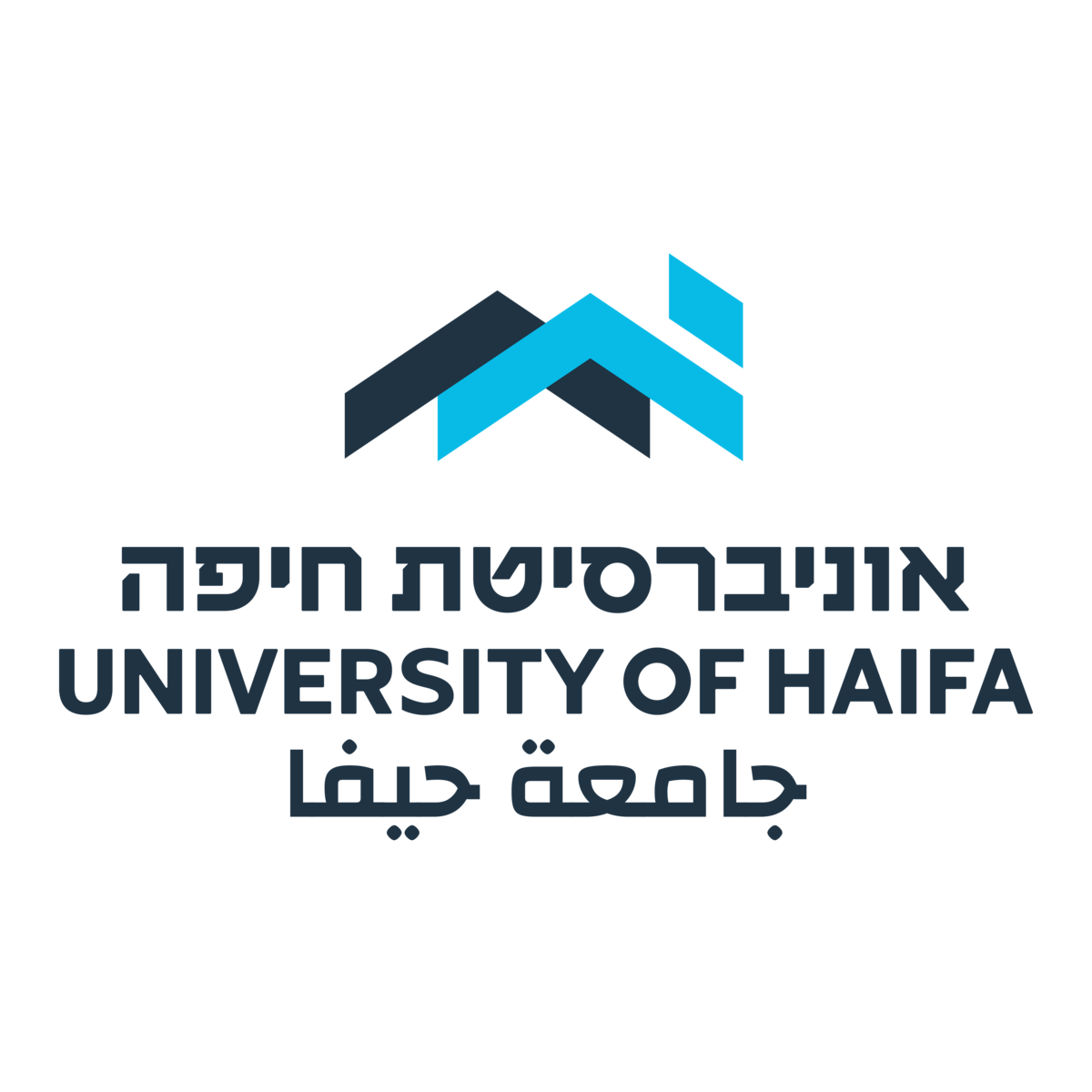HAIFA - The Leon Charney School of Marine Sciences (CSMS), established in 2008, is currently Israel’s leading academic interdisciplinary hub of marine sciences, composed of four departments (Maritime Civilizations, Marine Geosciences, Marine Biology, Marine Technologies and Blue biotechnologies and Sustainable mariculture) and offering an MA program in Maritime Strategies.
CSMS currently has 30 academic faculty, 50 staff and ~ 230 graduate students + 25 postdoctoral fellows from Israel and international community (studies are predominantly held in English). EMS research has increased in the past 16 years stimulated by the discoveries of deep-sea gas offshore Israel, the countrywide growing reliance on desalinated seawater from the EMS, demand for food and natural products from the sea, and increasing pressures on the EMS. Research at the school applies traditional and new technologies for a wide spectrum of multidisciplinary projects. Projects range from work at exciting underwater archaeological sites, rebuilding ancient ships, studying ancient tsunamis, mapping the seafloor and exploration of the sub-sea floor for methane seeps and applications related to expanding off-shore gas and oil industries, remote sensing via satellites and drones, advanced research-vessels, autonomous and remotely operated underwater vehicles, and cutting-edge, innovative, newly developed underwater technologies or biological applications investigating trophic levels from viruses to apex predators. Furthermore, HAIFA leads the Israeli national Mediterranean Sea Research Center of Israel (MERCI), a consortium of Israel’s research universities, two leading colleges and the national marine research institutes. HAIFA maintains tight collaboration of marine research with other institutes and has access to a broader nation-wide research infrastructure via a close partnership with Israel Oceanographic and Limnological Research Institute (IOLR) and the MERCI consortium. The Hatter Department for Marine Technologies includes labs for subsea engineering, underwater imaging, underwater acoustics, advanced high-resolution geophysics and seafloor mapping and autonomous navigation and sensor fusion. Additionally, the Department develops and operates state-of-the-art equipment for deep-sea research, including a high resolution GeoMarine Survey Systems multi-channel seismic system and underwater vehicles (detailed above) that will be used for EMS FORE. The proposal will also exploit data produced by THEMO - a water-column observatory jointly operated by Haifa and Texas A&M University.






